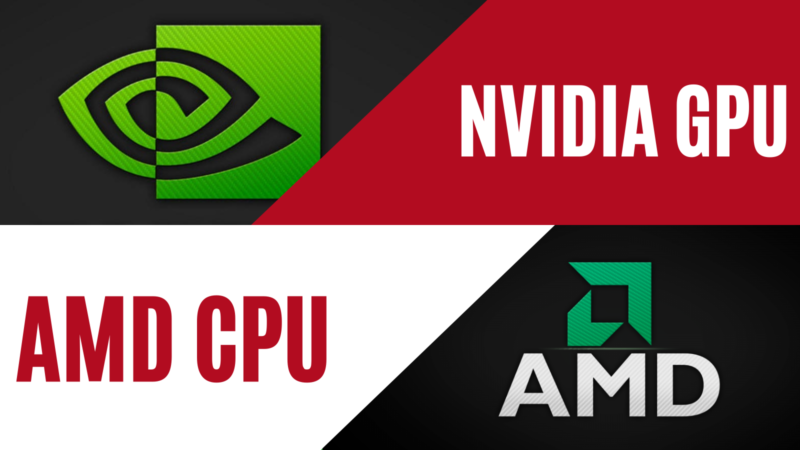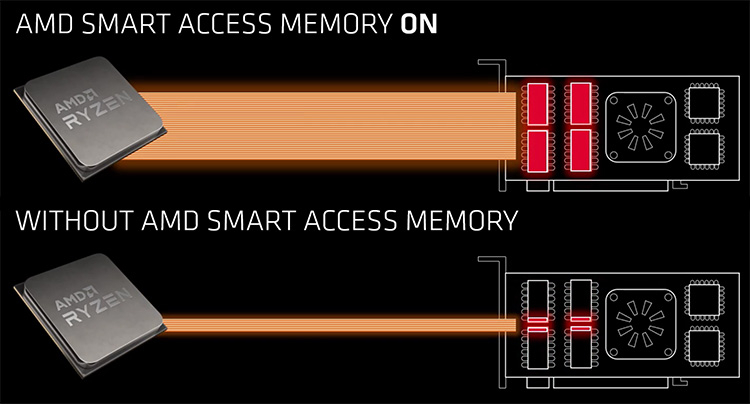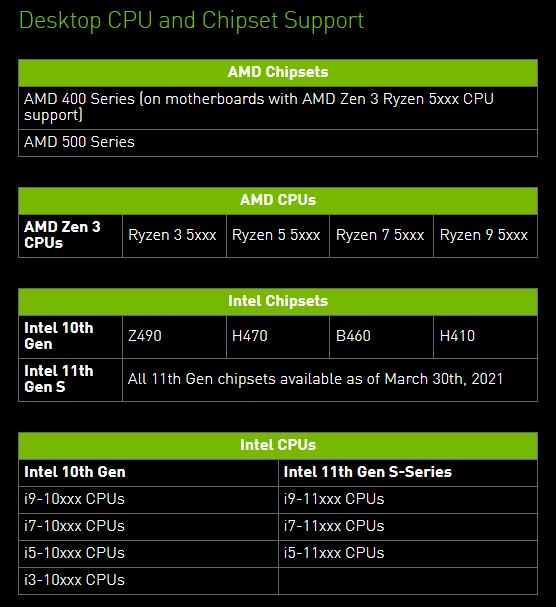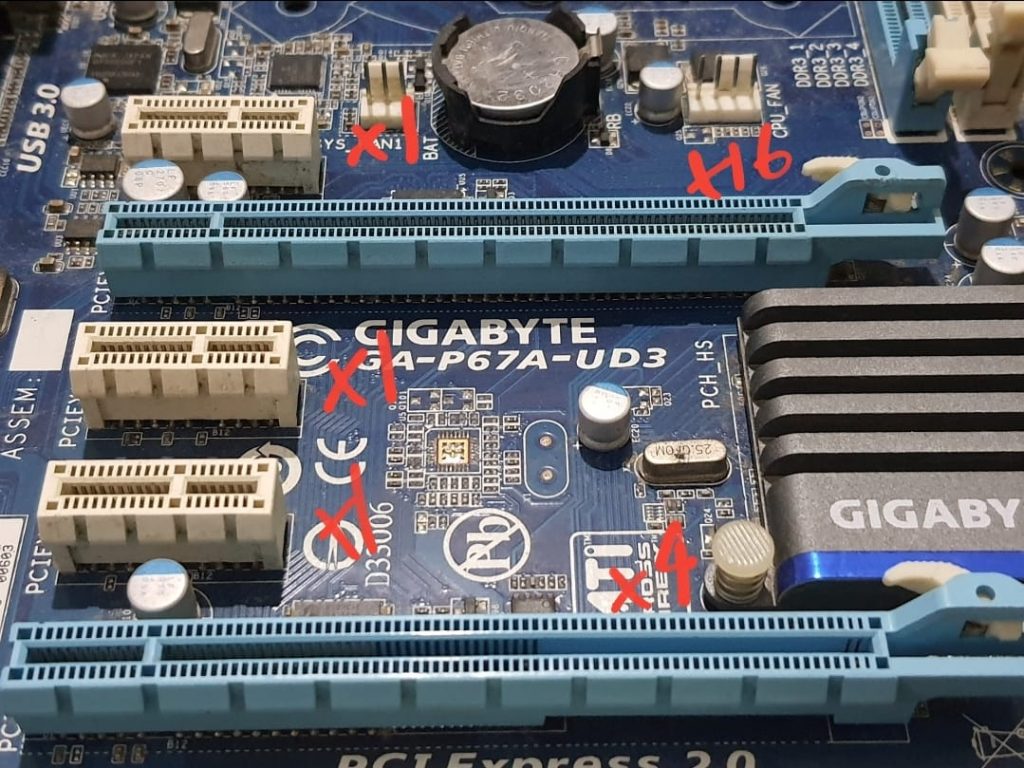Absolutely! You can undoubtedly use an NVIDIA graphics card with an AMD processor. Regarding compatibility, choosing an AMD or an Intel CPU for your NVIDIA graphics card would be fine.
Building a PC can be daunting in the beginning. There are many things to consider, from PCIe lanes to CPU cores.
Therefore, it is reasonable for a person to ask if they can use NVIDIA GPUs with AMD processors, given that NVIDIA and AMD are rivals in the GPU market.
For those of you who need to be aware, AMD manufactures both CPUs AND GPUs. In the CPU market, they are a direct competitor to Intel, and in the GPU market, they are a direct competitor to NVIDIA.
It is phenomenal for AMD to take on two of the most technologically advanced rivals in the market, yet AMD has shown profound results over time.
TABLE OF CONTENTS
The Confusion

New PC builders, in general, and gamers, in particular, have a general notion that NVIDIA Graphics cards may not be compatible with AMD processors.
This is because they believe that since AMD and NVIDIA are both rivals, AMD would only allow their GPUs, i.e., from the Radeon series, to be compatible with their processors.
However, that is hardly the case!
Graphics cards from NVIDIA or AMD and processors from Intel and AMD are all compatible.
So as far as the compatibility question goes, you have nothing to worry about.
Also Read: Is a dual-core processor good for gaming?
Can You Use Nvidia Graphics Card with AMD Processor?
As mentioned, CPUs by AMD or Intel and GPUs by AMD or NVIDIA are all compatible.
If you believe you can achieve a higher performance/dollar ratio with an AMD and an NVIDIA GPU build, then by all means, go for it.
However, there certainly are a few benefits that are exclusive to pairing an AMD CPU with an AMD GPU. The benefits are minor, though, but still worth mentioning.
Also Read:
Benefits of Using AMD CPUs with AMD GPUs Only
There are certain benefits when pairing an AMD CPU with an AMD GPU:
AMD Smart Access Memory
Smart Access Memory is an exclusive AMD technique allowing processors to better access the VRAM on the graphics card.
This, according to AMD, resolves a long-forgotten bottleneck. As a result of the improvement, you can see up to 15% performance gains – as claimed by AMD.
And, of course, CURRENTLY, this only works if you pair an AMD CPU with an AMD GPU.
So what does it do?
Often when we talk about the performance of a graphics card, we look at its GPU chipset disregarding the performance of the VRAM itself.
While the amount of VRAM your graphics card has and the type of VRAM it uses is an important measure, how the CPU communicates with it is often disregarded.
Smart Access Memory improves the data link between the CPU and the GPU RAM. Since the older days, the data link between the two has been kept at 256 MB to keep GPUs compatible with 32-bit processors. This is just how games and drivers have been designed.
This means the CPU could only access 256 MB of VRAM at a time. This was good enough for GPUs 15 years ago, but for GPUs featuring upwards of 6GB VRAM today easily, the data link is undoubtedly a bottleneck.
Since games are very complex and multiple significant assets can be requested from CPU to GPU (larger than 256 MB), the Smart Access Memory can efficiently transfer those immediately at a given time without queuing 256 MB chunks.

There are limitations to the hardware required for this. Smart Access Memory only works with the following at the moment:
- AMD 500 series motherboards, i.e., B550, X570
- AMD 5000 series CPU, i.e., AMD Ryzen 5 5600X
- AMD 3000 series CPUs (excluding the ‘G’ series 3000 series CPU such as the AMD Ryzen 5 3400G)
- AMD 6000 series graphics card
In all honesty, there has yet to be a drastic performance improvement, but as the game developers and game engines make better use of this technology and as more efficient drivers are released, things can start to change.
AMD’s Smart Access Memory Harnesses the PCIe Resizable BAR Technology in Essence
While Smart Access Memory would only work if you pair an AMD CPU with an AMD GPU, this technique uses the PCIe resizable bar technology.
Resizable bar technology is an open standard; therefore, having a restricted set of hardware is a bit unfortunate, but that can certainly change in the future.
NVIDIA’s GPUs can leverage the Resizable Bar Technology on Intel and AMD CPUs!
The following table shows that NVIDIA GPUs support AMD and Intel CPUs from certain generations for the Resizable BAR technology.

Hence, if you pair a Ryzen 5000 series CPU with an NVIDIA GPU RTX 30 Series graphics card, you should have no issues with the Resizable BAR feature.
Also Read: Is Intel Celeron Good for Gaming?
PCIe Slot and Their Configuration for Dual Graphics Card Setup

A graphics card generally takes up 16 PCIe lanes, ideally. All motherboards have a dedicated PCIe x16 slot for installing a GPU.
However, AMD motherboards in the budget range also offer an EXTRA x4 slot regarding a dual GPU build.
AMD GPUs can run on an x4 slot, but NVIDIA GPUs cannot. NVIDIA requires at least an x8 slot.
So, if you ever want a dual GPU built on a budget AMD motherboard, the AMD CPU + DUAL AMD GPUs would be a better option.
Also Read: Does it Matter Which PCIe x16 Slot I Use?
Final Words
In short, the most straightforward answer is a resounding yes if you can use NVIDIA Graphics Card with an AMD processor.
There is no issue with using the two together, granted that the rest of the system, including the slots, PSU, motherboard, and driver are all good.
Also Read: Can You Use AMD GPU with Intel CPU?
Frequently Asked Questions
1. What is the performance impact of using an Nvidia graphics card with an AMD processor?
Using an Nvidia graphics card with an AMD processor can result in a bottleneck due to the mismatched hardware components. This can cause lower than expected performance or even system instability.
2. Can you run Nvidia graphics card with AMD processor for gaming?
Yes, you can run an Nvidia graphics card with an AMD processor for gaming. However, it’s important to ensure that the rest of your hardware components are compatible and up-to-date to avoid potential issues.
3. How do you install Nvidia graphics card with AMD processor?
To install an Nvidia graphics card with an AMD processor, you will need to physically install the card into your computer’s PCIe slot and connect the necessary power cables. You will also need to install the latest Nvidia graphics card drivers.
4. Are Nvidia graphics cards compatible with AMD motherboards?
Yes, Nvidia graphics cards are compatible with AMD motherboards as long as they have the appropriate PCIe slot available.
5. Can I use an Nvidia graphics card with an AMD APU?
Yes, you can use an Nvidia graphics card with an AMD APU (Accelerated Processing Unit) as long as the APU’s integrated graphics are disabled in the BIOS settings.
